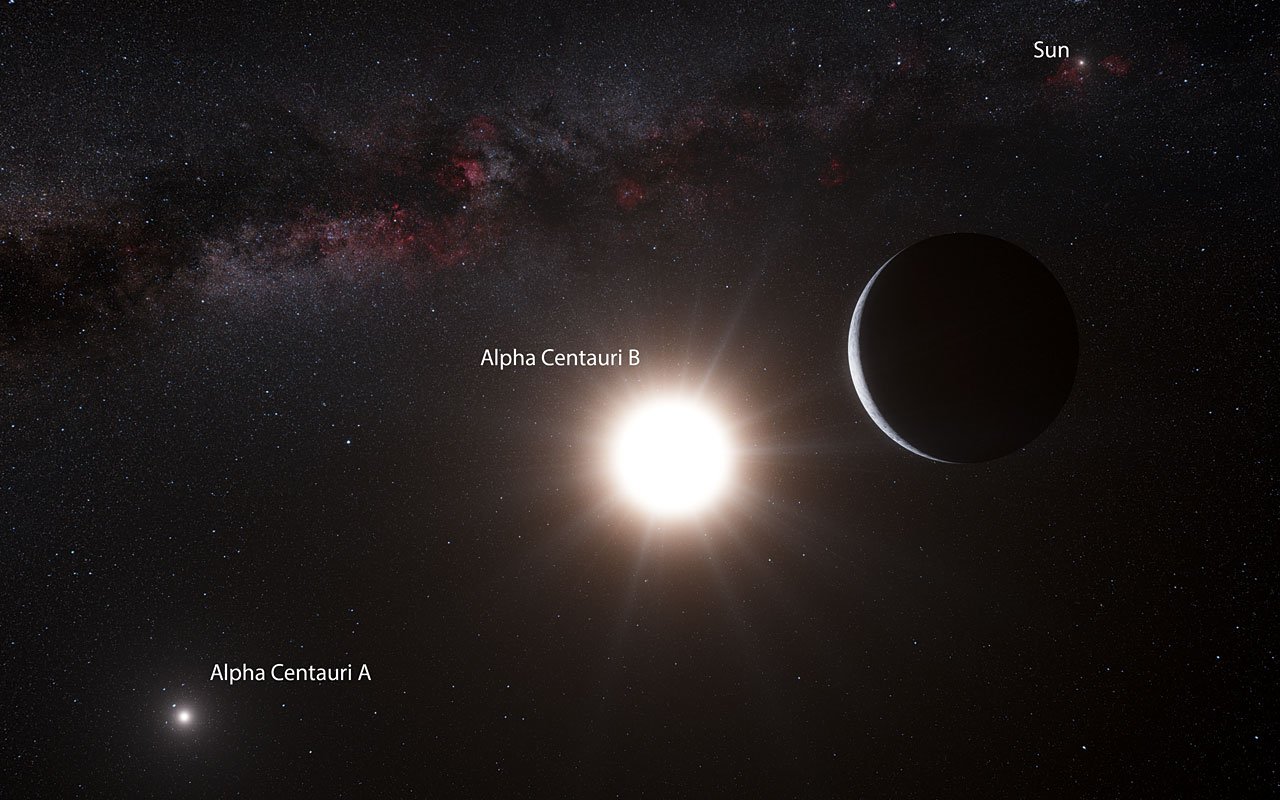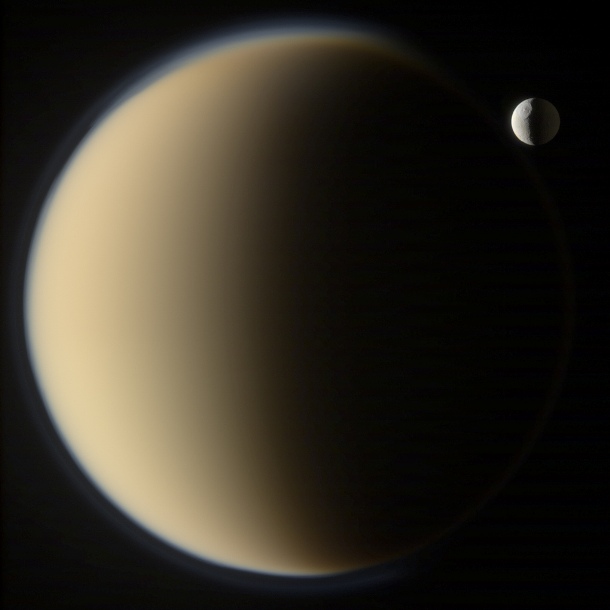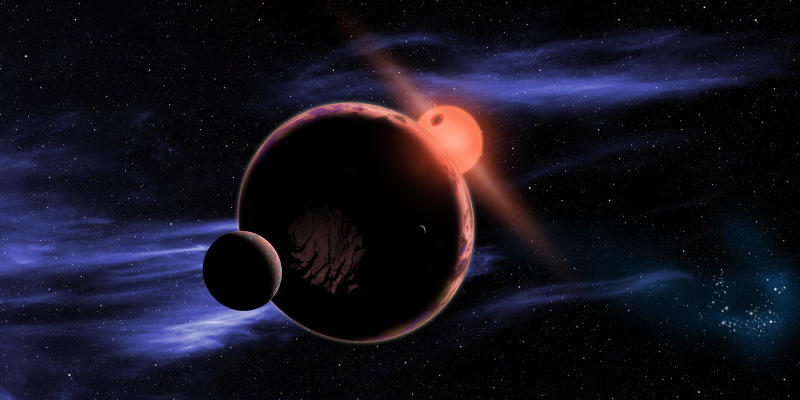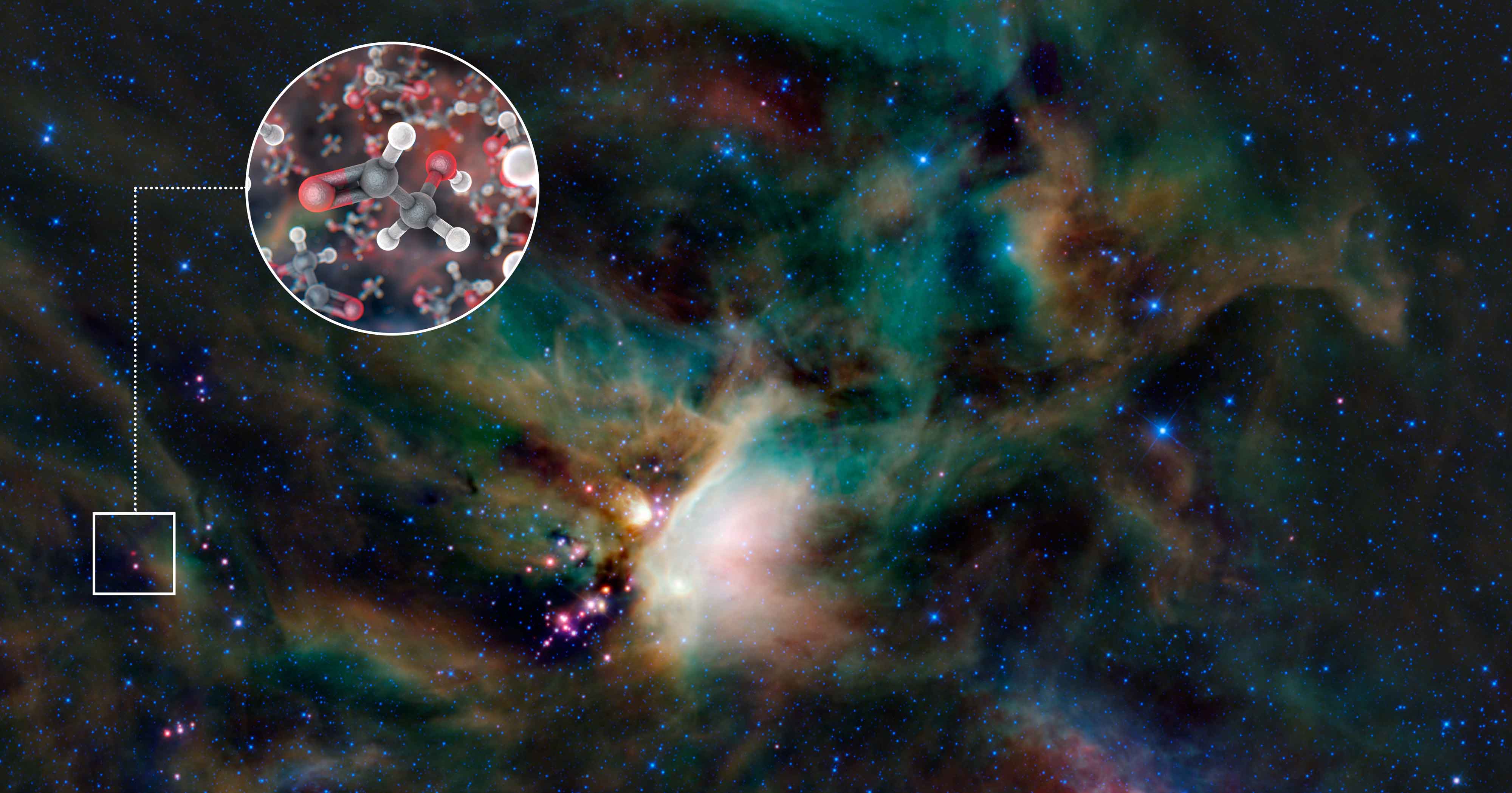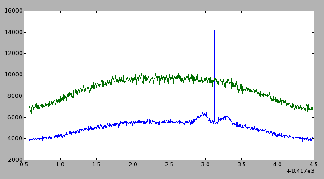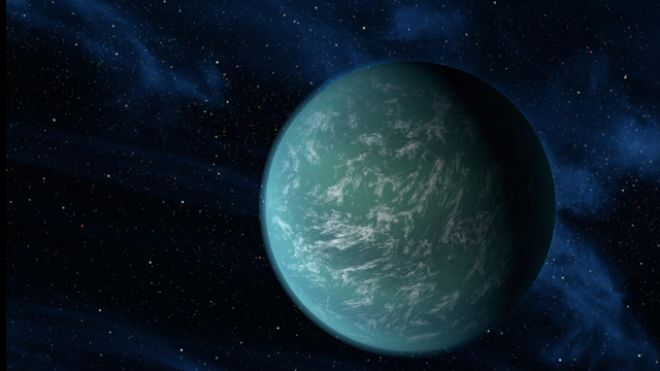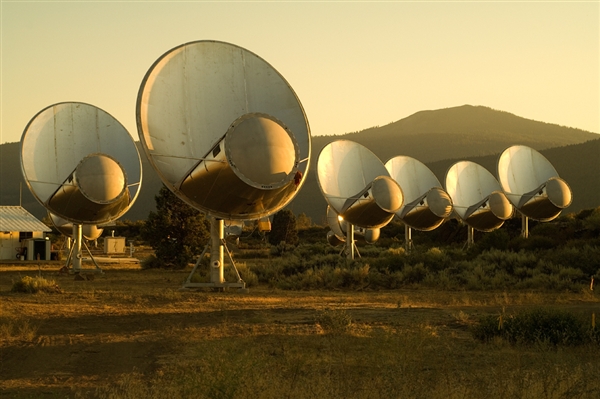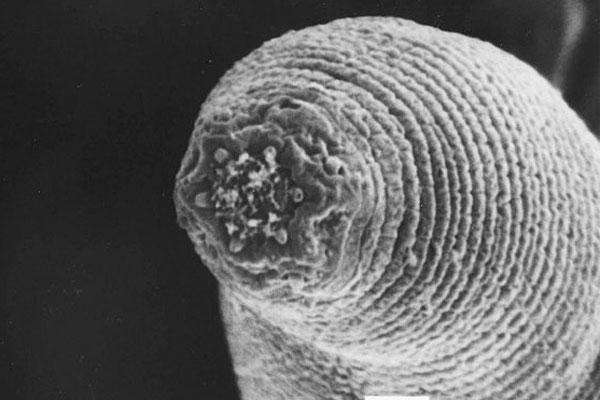“Under the agency’s procedures, the box should not have been opened without knowledge of a NASA scientist who is responsible for guarding Mars against contamination from Earth. But Planetary Protection Officer Catharine Conley wasn’t consulted. ‘They shouldn’t have done it without telling me,’ she said. ‘It is not responsible for us not to follow our own rules.’“
It seems NASA’s Curiosity may have inadvertently brought Terran microbes along with it, which could become hugely significant if the robot encounters water, in which case they become either the potential seeds of new life on Mars and/or the 21st-century equivalent of the smallpox blanket. Er…oops.
Meanwhile, while we’re bringing life to Mars, Jupiter may have once again protected us from a Deep Impact/Melancholia-like disaster. “This is the third time since 2009 amateur astronomers have witnessed an impact flash on Jupiter. The massive gas giant, which exerts considerable gravitational pull, is something of a cosmic whipping boy in our solar system, regularly shielding inner planets like Earth from potential collisions.” So, if you’re keeping score at home, that’s Jupiter 3, Bruce Willis 1.
